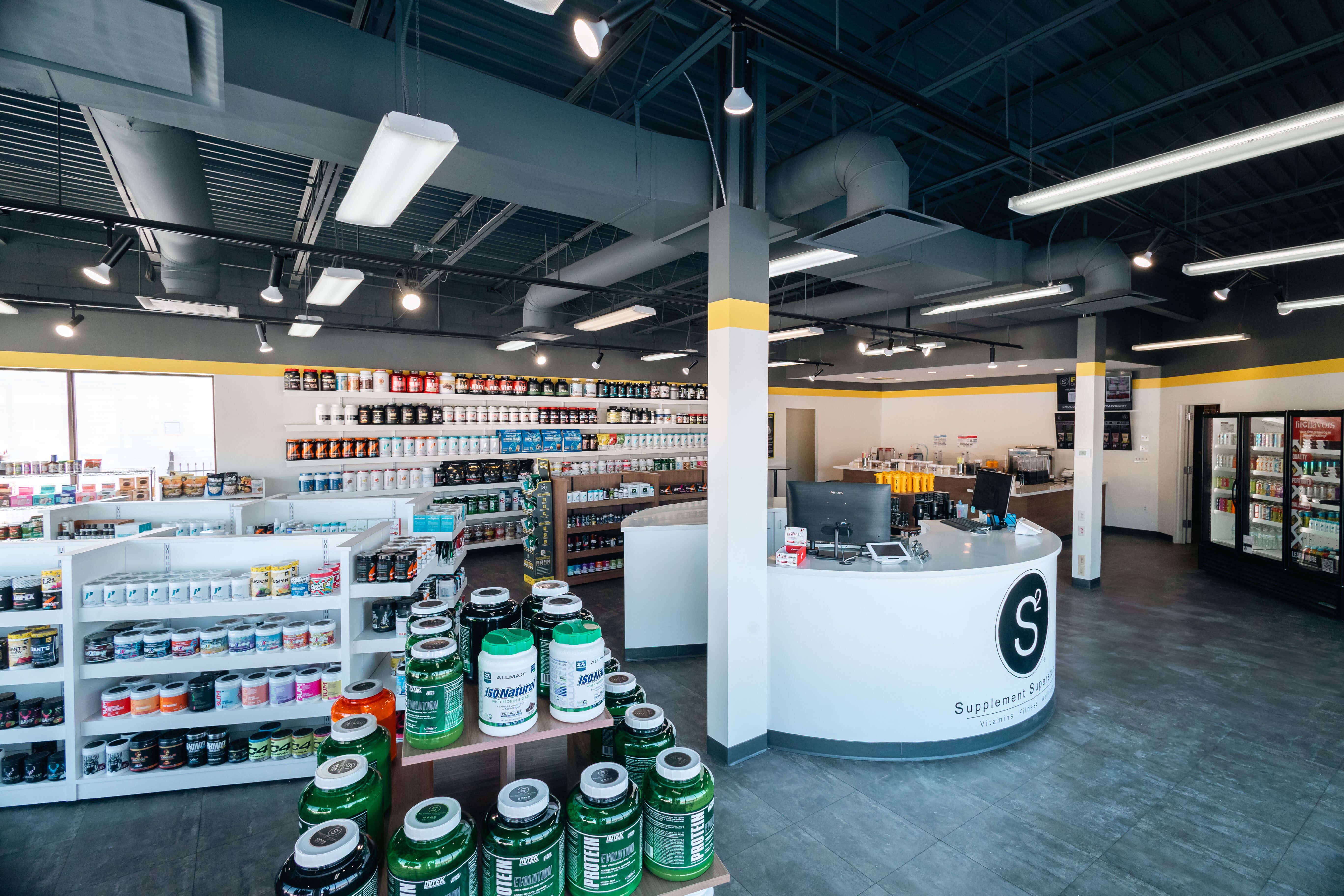With the New Year in full swing, there’s a good chance you have set some fitness goals for yourself.
Maybe you set a goal to be more active …
Maybe a goal to lose a few pounds …
Maybe a goal to build some muscle …
Or maybe you just have a goal of feeling better throughout the day...
All of these are fantastic goals that you can easily achieve with a good plan and some hard work.
It’s very well documented that proper health and fitness goals require exercise and proper nutrition.
Whether it’s a goal of fat loss or muscle building (or perhaps a bit of both) ... you need a plan of action for increased activity along with a plan for your food intake.
We work with people on a daily basis to teach them what to do from a workout standpoint … as well as a nutrition standpoint. That’s our specialty here at Supplement Superstores.
That all being said, we see a common theme when discussing nutrition with our customers …
“Oh, I’m good. I eat super healthy!”
“I know what to do. I eat tons of fruits and veggies. I’m good on nutrition!”
… yet these same people are struggling to see results.
We understand how frustrating this is for someone so don’t get us wrong … nuts, peanut butter, fruits, veggies and all of those “healthy” foods are, in fact, healthy. We are in no way denying that.
You need healthy fats found in nut butters …
You need micronutrients and vitamins found in fruits and veggies …
And you need many of these health-based foods to function at your peak!
However, there is a very large difference between eating healthy and actually eating correctly for a specific goal.
The amount of calories and types of foods you eat are very important.
Let’s say you are trying to burn fat for instance, which is common given the time of year we are in.
You absolutely want to eat healthy, nutrient rich food when trying to lose weight and burn fat … but losing fat is a little more detailed than just eating healthy foods.
Healthy food has nothing to do with calories and eating in a calorie deficit is how you lose weight.
For example, a bowl of oatmeal topped with brown sugar and a sliced-up banana with a side of orange juice is a generally “healthy” meal. It is not however, a calorie friendly meal. In fact, a meal like that may be over 1,000 calories … if not more!
So right there alone, you may have already consumed half (if not over half) of your daily calorie goal, depending on the individual.
Those foods are healthy and rich in nutrients ... but they may not be suitable for someone with a goal of fat loss who needs to stay at or under a specific number of calories for their day.
Remember … losing weight simply requires you to burn more calories than you take in!
It’s simply a game of calories in, versus calories out.
It doesn’t necessarily matter where those calories come from.
Healthy food or unhealthy food … overeating is overeating, no matter how you slice it.
Same goes for a goal of building muscle.
Maybe you eat two high protein meals per day of “healthy” food. Something like Chicken, rice and broccoli, which is a perfectly good meal to consume full of protein, complex carbs, and micronutrients.
But …
To maximize muscle building (or what is known as muscle protein synthesis) … you need to consume a serving of protein every 2-3 hours to ensure your body stays in a muscle building state.
This keeps a constant feed of amino acids (the building blocks of protein and muscle) in your body helping your muscles grow!
Those 2 meals of chicken, rice, and veggies are healthy…
They are high in protein…
But for a goal of building muscle it is just simply is not enough to make it happen efficiently.
You can see from just 2 examples that eating for a specific goal is very different than just eating “healthy”.
Just remember…
Losing fat and building muscle is much more than just healthy foods. How much you are eating, and what types of food you eat are the deciding factor of whether or not you will see results.
We know that it can be very hard to find the right plan for you ... knowing what to eat, or how many calories to eat can seem overwhelming at times.
We are here to help you.
Simply drop into any of our locations or reach out to any of our Certified Sports Nutrition Specialists. We would be happy to help you put together the perfect plan for your goal!
*This post was written by Andrew Lynn, who has a Bachelor's in Science Nutrition and Dietetics. He is also a NASM Certified Personal Trainer and NASM Certified Fitness Nutrition Specialist.




